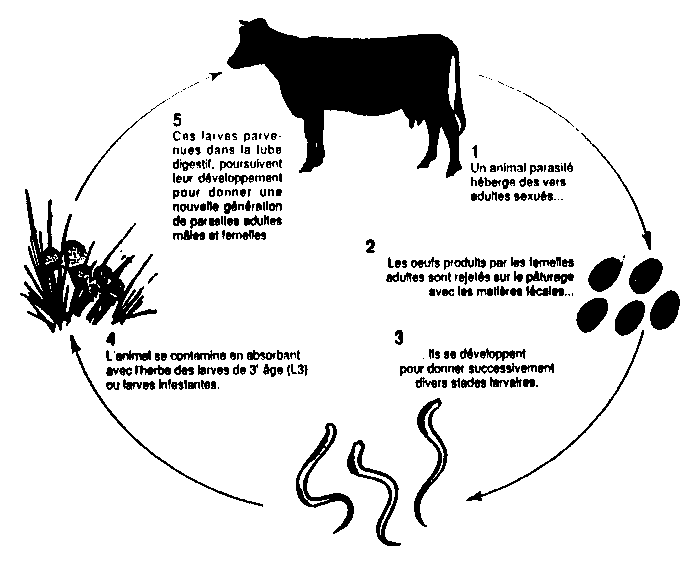


Doug Mac wrote:
Doug Mac wrote: My goats live in skid sheds (6X12, the next ones will be 8X20) that moves with them when they change paddocks. I keep hay, feed, medicines, and equipment for the animals in a skid barn (10X12 with room for a loft). Right now I have a dozen bottle baby bucklings in it. Why keep animals in one place and deal with there always being too much manure and urine?
Hiya Doug, do you think you could post a couple of photos of your skid shed/barn system?
I'm sure a lot of people, including myself, would benefit from seeing them.
My personal experience as a professional goat farmer/ cheesemaker with floor surfaces is,
Climate: Temperate, 6 month growing season, 4-6 month winters, snowbound for at least 3 months.
Cleaning: "Deep litter" year round. ie. uneaten hay from feeders is thrown onto any wees and poos. Thorough clean out and dusting with slaked lime every 7 days over growing season to remove fly larvae before hatching. Continuous deep litter over winter, big muck out in Spring renting a tiny back hoe for one day.
Dirt: It's workable if you can responsibly let fecal liquids drain into groundwater. (that's a big if, think about what might be at stake) and you can devote time and care to cleanouts, soft spots will tend to pit out further leaving an uneven, time consuming surface until you can fill depressions with gravel.
Concrete: Faster to clean. You can use machinery without instantly causing ruts and holes in your floor.
I hope this is useful to someone.

Bernard Welm wrote:Rob,
What is the best way to feed multiple free choice minerals. This is something I have been wanting to get into but I just have not been able to take the time to find something that would work (and that the chickens would not get into to foul up).





4health wrote:
I will note that the skin is largest eliminative organ and whatever touches skin is absorbed into body and is a form of ingestion. So if safe for skin there is some level of safety internally would be my opinion which I would like confirmed for long term use. Interesting the lengths that we go to given that chemical wormers are essentially poisons.

EmileSpecies wrote:
I am trying this too, don't forget the dolomite antidote to prevent liver toxicity.

